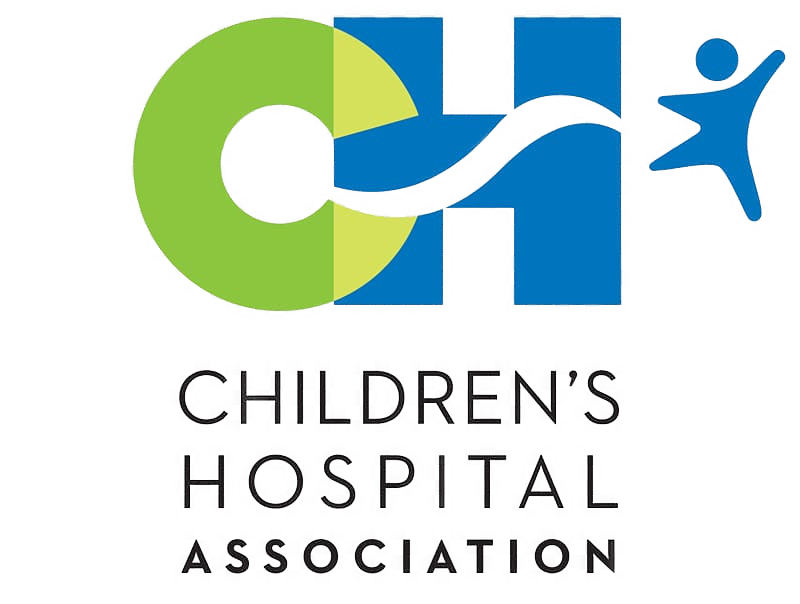Better Communication for Better Diagnostic Outcomes
What follows is an interview with Emily Tooley, MSN, RN, CPPS, CPHQ, Director of Patient Safety at Children’s Hospital Association (CHA).
First, tell us about CHA and Child Health Patient Safety Organization.
Why have you decided to focus on diagnostic quality and safety?
“Children’s Hospital Association, in partnership with its hospitals, strives to identify performance improvement opportunities, provide a platform for learning and best practice sharing, and collaborate with each other to advance policy on issues that have the greatest impact on child health,” said Emily Tooley. “We are the voice of over 220 children’s hospitals nationally.”
As a subsidiary of Children’s Hospital Association (CHA) since 2009, the Child Health Patient Safety Organization (PSO) is the only PSO dedicated to and designed by children’s hospitals to address patient safety issues. The Child Health PSO is made up of over 60 children’s hospitals that span 30 states, and is led by a voluntary workforce called the Patient Safety Team, made up of nine pediatric safety experts from across the country, founded on the commitment to the principles of high reliability.
“In reviewing our data, more than half of our children’s hospitals reported communication failure among the care team as a top contributor to diagnostic errors. The harm noted in these cases is disproportionately of the highest harm relative to harm distribution for all Child Health PSO-submitted cases, which compelled us to take action,” said Tooley.
In May of this year the Child Health PSO released a new resource, the Improving Communication to Enhance Diagnostic Safety Toolkit to address communication challenges that contribute to diagnostic error.
What is the “Improving Communication to Enhance Diagnostic Safety Toolkit” and what are its components?
Data collected by Child Health PSO prompted the creation of the toolkit, released in May 2020.
The five components of the toolkit are: case learning, team diagnostic timeout, the patient safety alert, gap analysis and additional resources.
- The case learning walks users through five cases based on data submitted to the Child Health PSO, identifies gaps and includes strategies that organizations can put into action to reduce the risk of serious harm.
- The team diagnostic timeout includes the patient and their family, as well as other team members to include in a diagnostic timeout. It provides a reusable template for teams to take a pause and reevaluate the patient’s diagnosis and medical response to treatment.
- The patient safety alert outlines the fundamental issues that prompted Child Health PSO to develop the toolkit.
- The gap analysis provides users with an actionable tool to assess their own internal gaps for developing mitigating strategies, and the additional resources are a collection of resources from across the industry that Child Health PSO expects will be useful to users.
The Child Health PSO is in the process of collecting information about the use and impact of the toolkit and reduction of diagnostic error.
What are the intended outcomes for the “Improving Communication to Enhance Diagnostic Safety Toolkit”?
The intent of the toolkit is to help diagnostic teams overcome the complexity of communication, such as misinterpretation or incorrect assumption of information, to improve diagnostic outcomes. While some organizations plan to use the toolkit for resident and nursing education or maintenance of certification, others are using the toolkit to assess their own internal data. Many organizations plan to use the toolkit to raise awareness about diagnostic safety and communication within their organizations.
The toolkit was shared with all member organizations of the Child Health PSO and CHA, including CHA quality improvement and shared learning programs, and with other PSOs across the country. The toolkit is publicly available on the Child Health PSO website and despite the fact the toolkit was developed by children’s hospitals it is still applicable to adult health care.
“We are hoping to see results that would imply a shift in our understanding of causal factors in diagnostic error and help generate awareness about the harm involving diagnostic errors,” said Tooley. “The long term anticipated result is fewer patients experiencing a serious patient safety event related to diagnostic safety caused by failures in team communication.”
Are there any plans for future toolkits or work related to improving diagnostic quality and safety?
Children’s hospitals provide feedback and guidance to CHA and Child Health PSO on their collective priorities to improve patient care and safety. For example, “CHA, our parent organization, operates an Improving Pediatric Sepsis Outcomes collaborative and they continue to work on improving the recognition of sepsis in children,” said Tooley. The Improving Communication to Enhance Diagnostic Safety Toolkit model evolved from prior proactive risk assessments on other safety issues as diagnostic safety emerged as a top concern. The Toolkit will be evaluated over the coming months on its usefulness to children’s hospitals.
“Diagnostic safety has been a topic several times over the last couple of years at the Child Health PSO Annual meeting and is a frequent monthly learning topic,” said Tooley. “We continue to facilitate deep dives to improve diagnostic safety.” More learning and insights within CHA and Child Health PSO are expected to continue to emerge as children’s hospitals work to improve diagnostic quality and safety.

Get ACT Update Delivered to Your Inbox
Want to see more content like this? Stay informed on that latest activities from members of the Coalition to Improve Diagnosis. Sign up for the ACT Update Newsletter.
